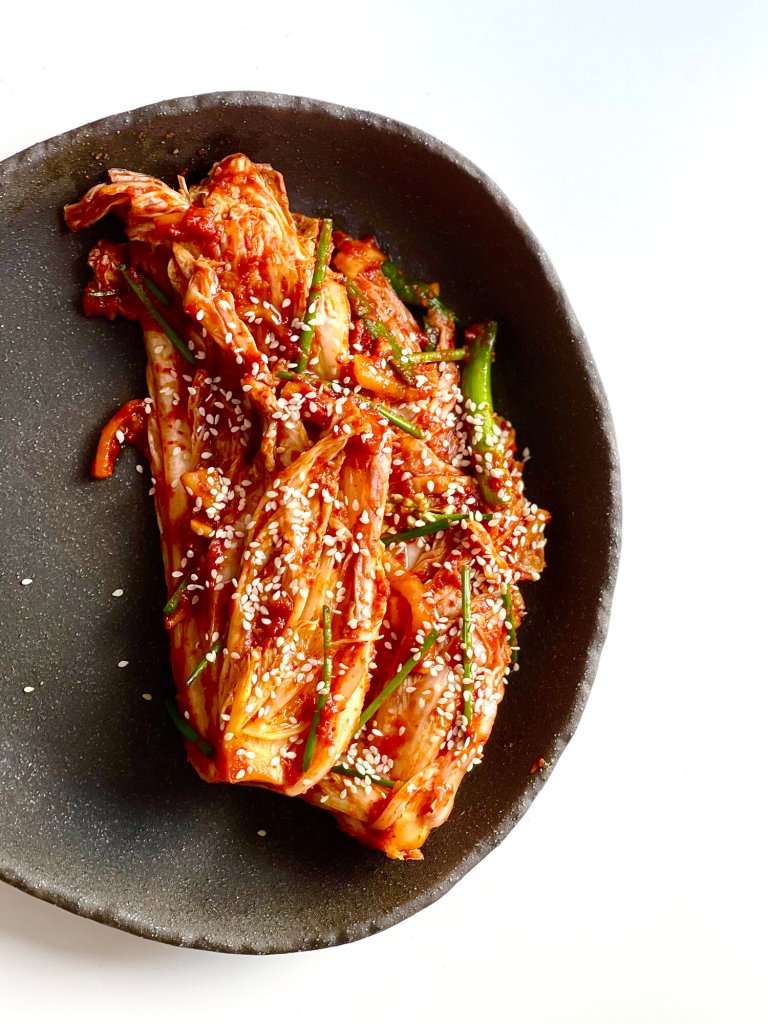
Recipe
KIMCHI
Only recipe in all caps because she commands respect. Although it may seem daunting at first, once you try homemade kimchi, there's no going back to those store-bought ones.
Written by Doobydobap
My Grandma's Secret Southern Kimchi
Spicy, salty, sweet, sour. Kimchi is the ultimate umami bomb. For those of you who haven't tried, you're missing out. It is the epitome of pickling, and it is such a dynamic dish that changes over time. Fresh, it's like a spicy salad. After a week, it's slightly sour and sweet. After months of maturing, it is bubbly, piquant, vibrant, and funky. Kimchi is a dish that really does age like fine wine. Although it may seem daunting at first, once you try homemade kimchi, there's no going back to those store-bought ones.
Kimchi is so integral to every Korean's diet. It's hard to imagine a Korean meal without kimchi on the sidelines. Like many other Korean families, my family goes through gimjang every year, a process of making enough kimchi to last us through the cold winter. Here's an excerpt of a piece I wrote about gimjang.
"My family would march around under my grandmother's orders. Everyone, including my umma, who didn't cook, would have red rubber gloves that matched the color of the sun-dried red chili flakes. We each had a role. My dad: carrying boxes of brined napa cabbage. My aunts: chopping a medley of daikon, onions, and garlic. My umma and me: massaging the Nappa cabbages gently in the chili marinade. The cabbages would be gently passed over from one tub to another, smothered in bright chili sauce, all under my grandma's orchestration."
Ingredients
Salting the cabbage
- 2 large napa cabbage
- 1 cup of Kosher salt
Filling
- 1 daikon radish
- 1 bundle of scallions
- 1 bundle of chives (if not available, substitute with scallions)
- ½ cup fish sauce
- ¼ cup shrimp paste
KIMCHI SAUCE
- ¼ cup white glutinous rice or rice flour
- 2 cups water
- 1 cup gochugaru (Korean red chili flakes)
- ½ medium-sized onion
- ½ Korean pear
- 30g ginger
- 1 clove of garlic
Directions
Preparing the Cabbage
- Make a 4-5cm deep incision on the rounded bottom of the cabbage.
- Hold either side of the cabbage and pull apart. The cabbage should be halved. (I quartered mine for faster salting)
- Salt the cabbage. Rub in a generous amount of salt in-between the leaves. Massage the salt on the stalkier parts of the cabbage.
- Place the salted cabbage in a ziplock bag or a large container.
- Leave at room temperature for 2 hours, turning it over every 30 minutes.
Preparing the filling
- Cut the daikon radish into 3cm long "matchstick" size.
- Cut the scallions and chives, also in 3cm long "matchstick" size.
- Put the fillings in a large bowl.
- Add the fish sauce and shrimp paste. Mix.
- Set aside until kimchi sauce is ready.
Kimchi Sauce
- On medium-high heat, boil the rice with water. Stir to make sure the rice does not stick to the bottom of the pan and burn.
- After 20 minutes, the rice and water should have a glue-like texture. If there isn't enough water, add to create a spreadable paste.
- Set aside to cool down.
- Prepare the onion, pear, ginger, and garlic. Give them a rough chop.
- Add the prepared ingredients into a food processor or a blender.
- Mix in ¼ cup of rice glue. Blend.
- Once the sauce is ready, add it to the prepared filling.
Assembly
- Once the cabbage is adequately salted, do a "bend test." The cabbage leaves should be malleable and bendable, not snap. If the cabbage has not wilted enough, leave it in the salt mixture for an additional 30 minutes.
- Rinse the excess salt in running water. Repeat the process.
- Ring out any excess moisture. Place the cabbages on a medium-sized tray.
- Dollop about ½ cup of Kimchi sauce filling mixture for each salted cabbage. Massage the sauce in between the leaves gently. Make sure to cover every part.
- Fold the kimchi in half and place in a medium of your choice (Mason jars, airtight containers, hangari, etc. Anything that can limit too much oxygen exposure)
- For fermented kimchi, place it at room temperature for 3 days and place it in the fridge.
This kimchi will not spoil if salted properly. It can last you months and months, but I guarantee you'll finish it so quickly. Have it with plain white rice. Cook with it. Experiment.
For a slightly easier version...
- Use rice flour instead of rice
- Cut the napa cabbages into bite-sized pieces. This will make the salting process a lot easier. This is usually the version you'll find online called Mak-kimchi, "mak," meaning fast/easy kimchi.
- If you don't want to buy shrimp paste separately, just supplement with the same volume of fish sauce.
- If you can't get Korean pear, use apples or kiwi!
- This is southern Korean Kimchi with lots of sauce and fish sauce. There's a lot of variations of kimchi within Korea 🙂
Recent recipes
Hi, I’m Tina aka Doobydobap!
Food is my medium to tell stories and connect with people who share the same passion. My recipes are a culmination of my experiences. I hope you enjoy recreating them at home, and if you do, make sure to tag me on Instagram!
Recent recipes
Hey Doobies, thanks for visiting! Join my mailing list for more delicious recipes and stories.

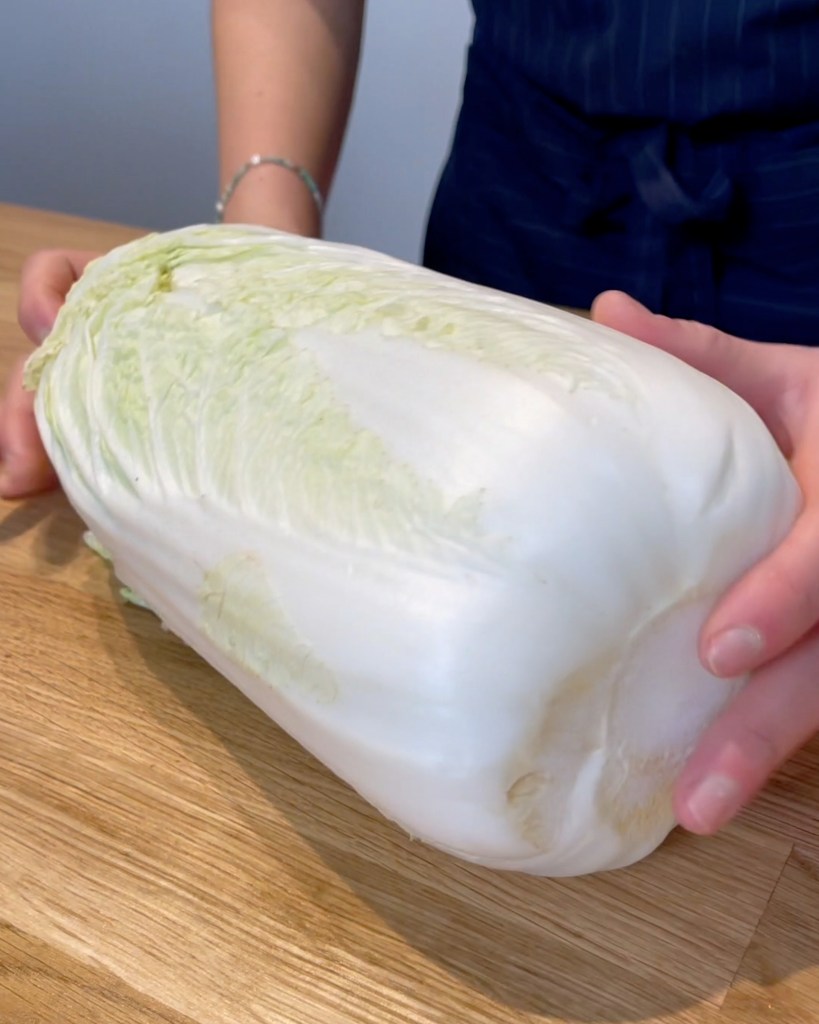
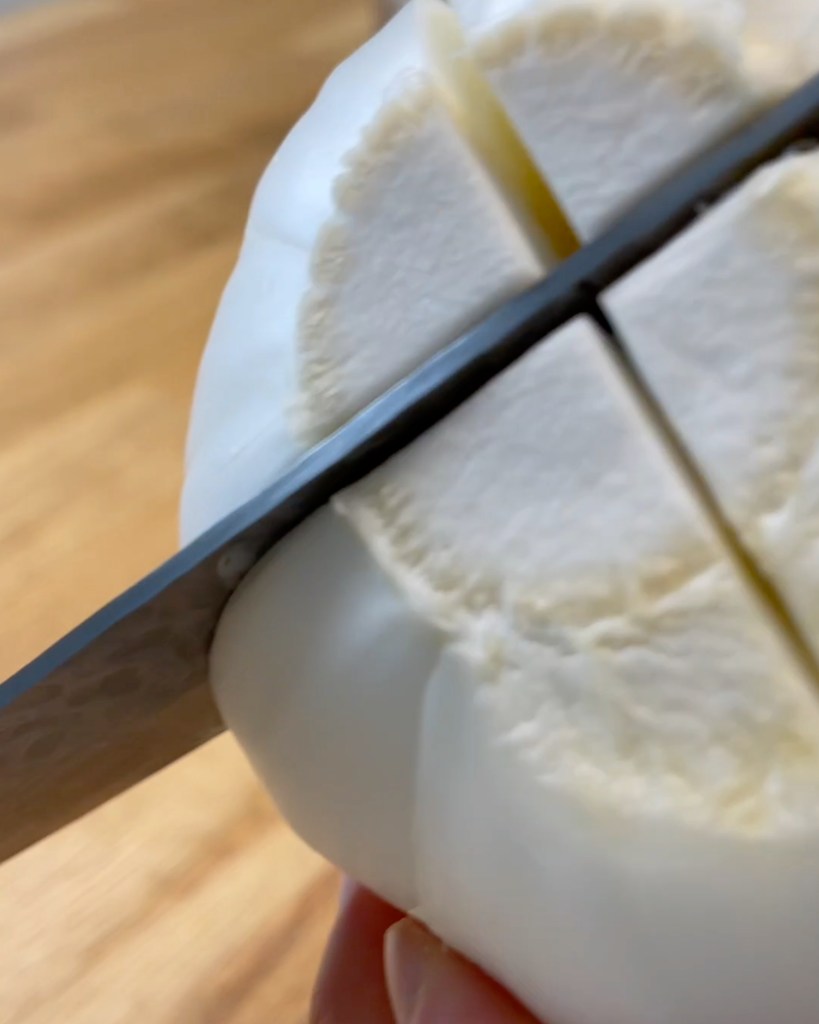

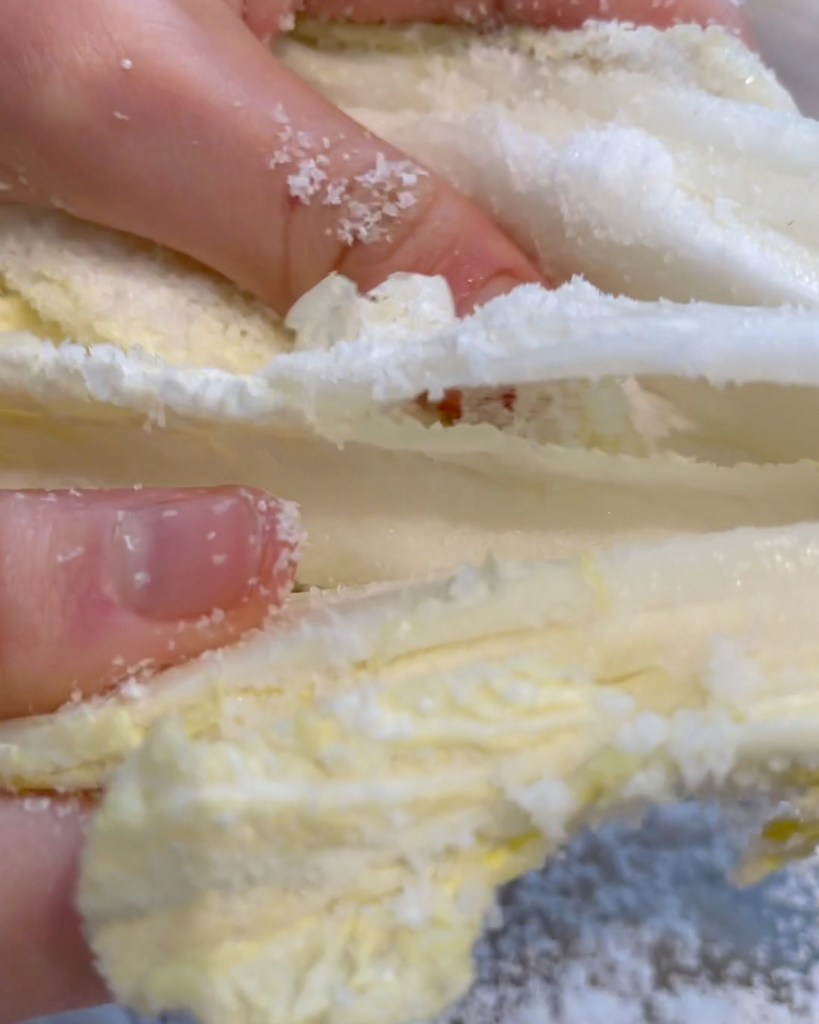
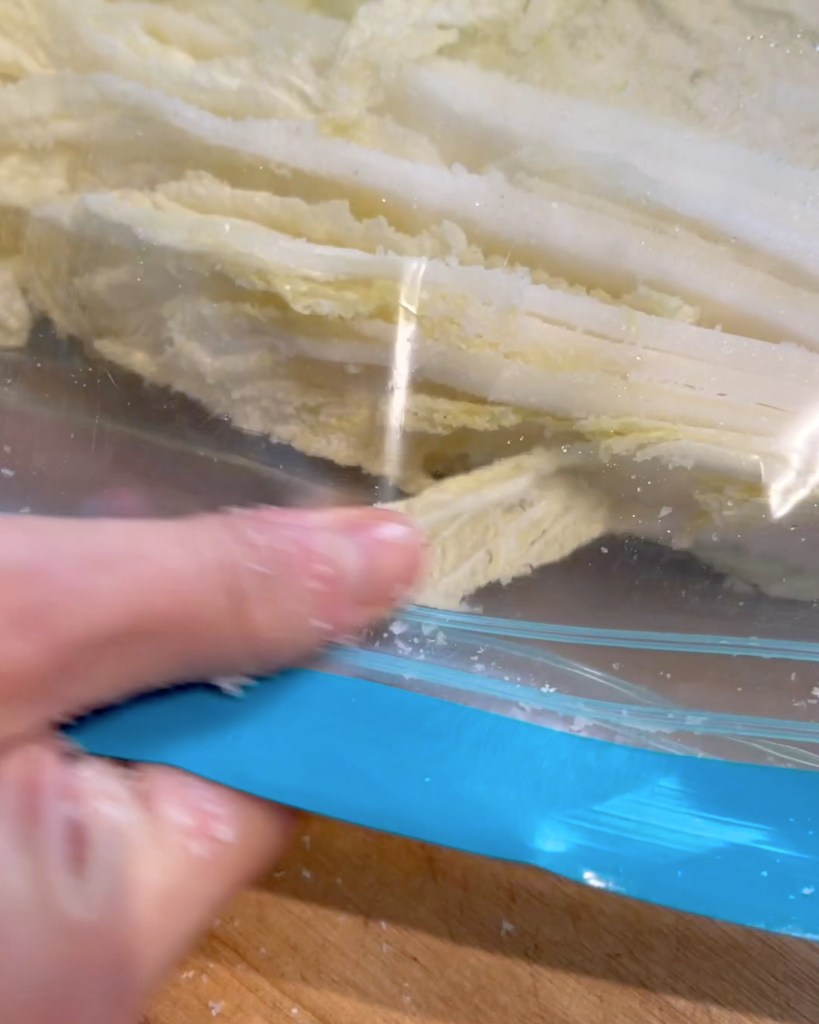
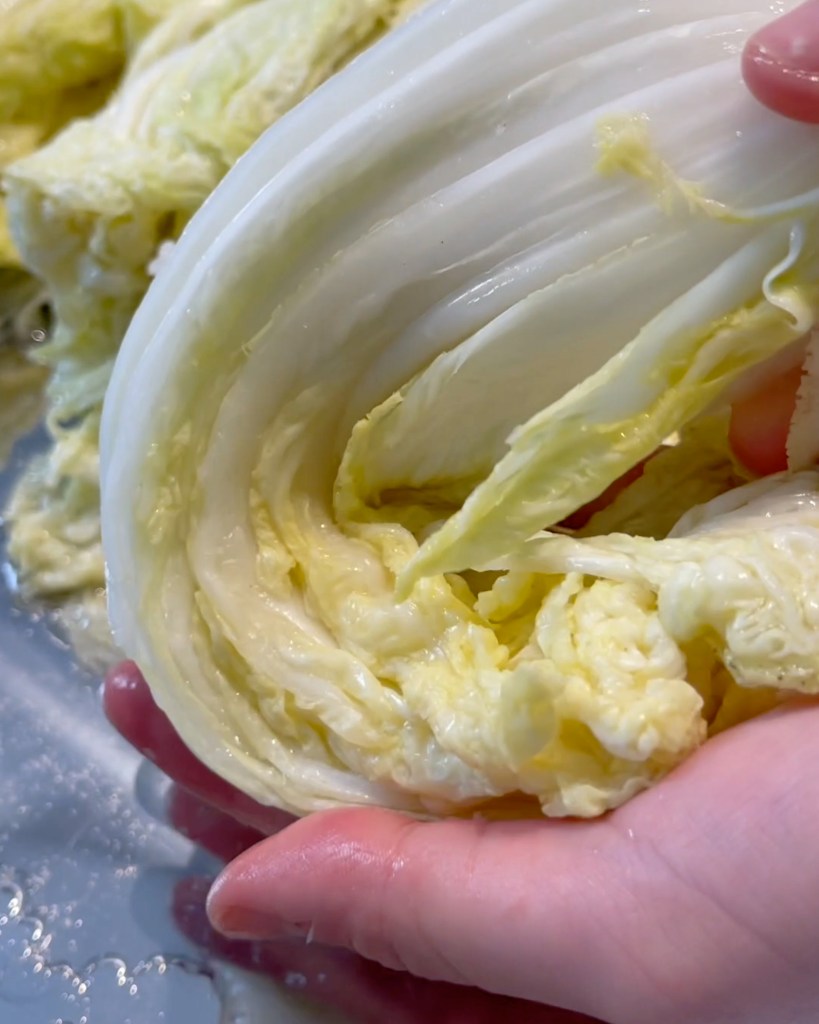
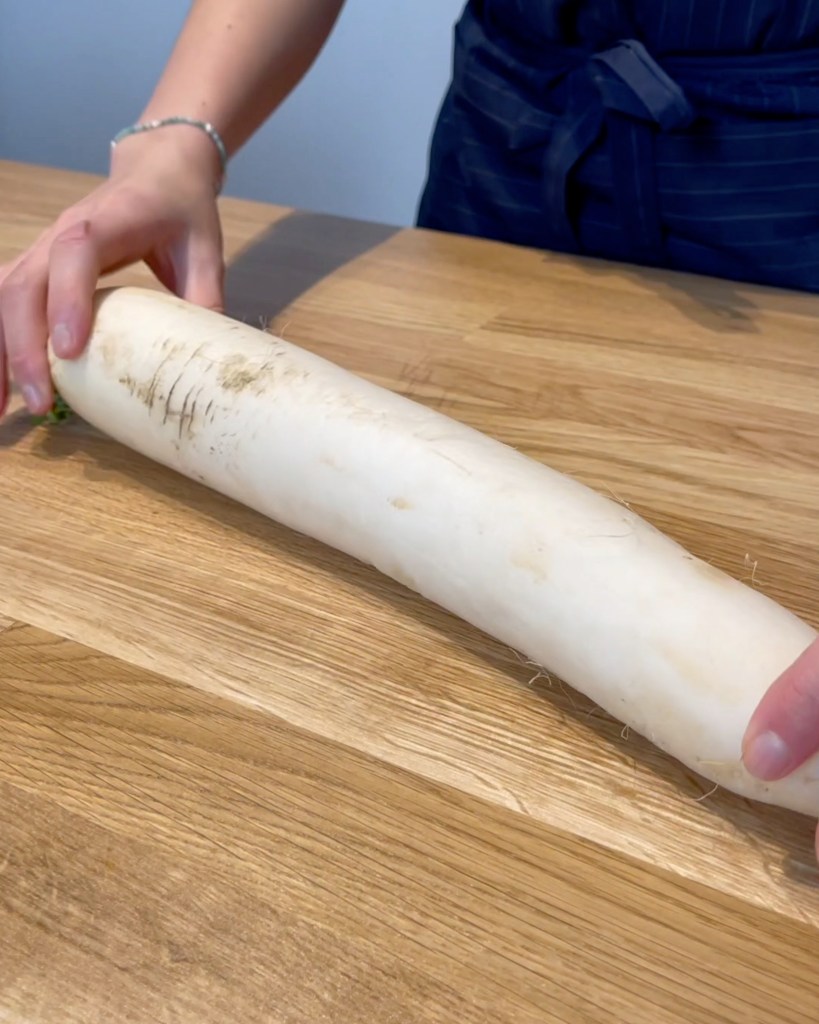

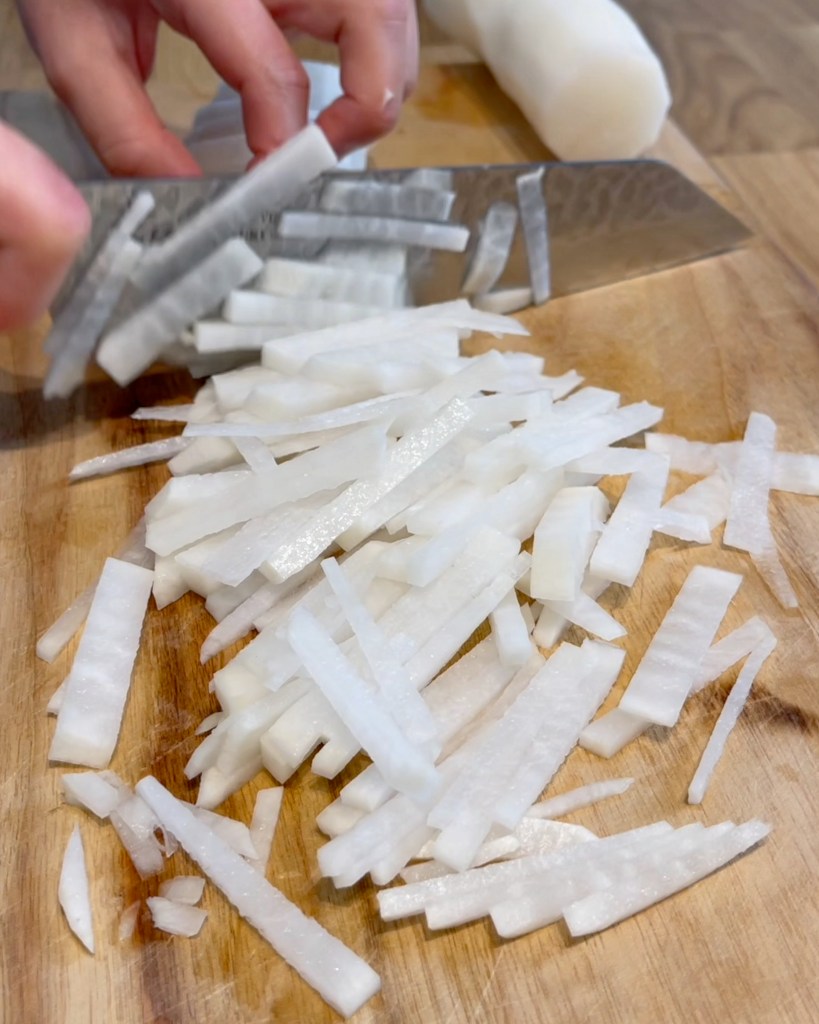
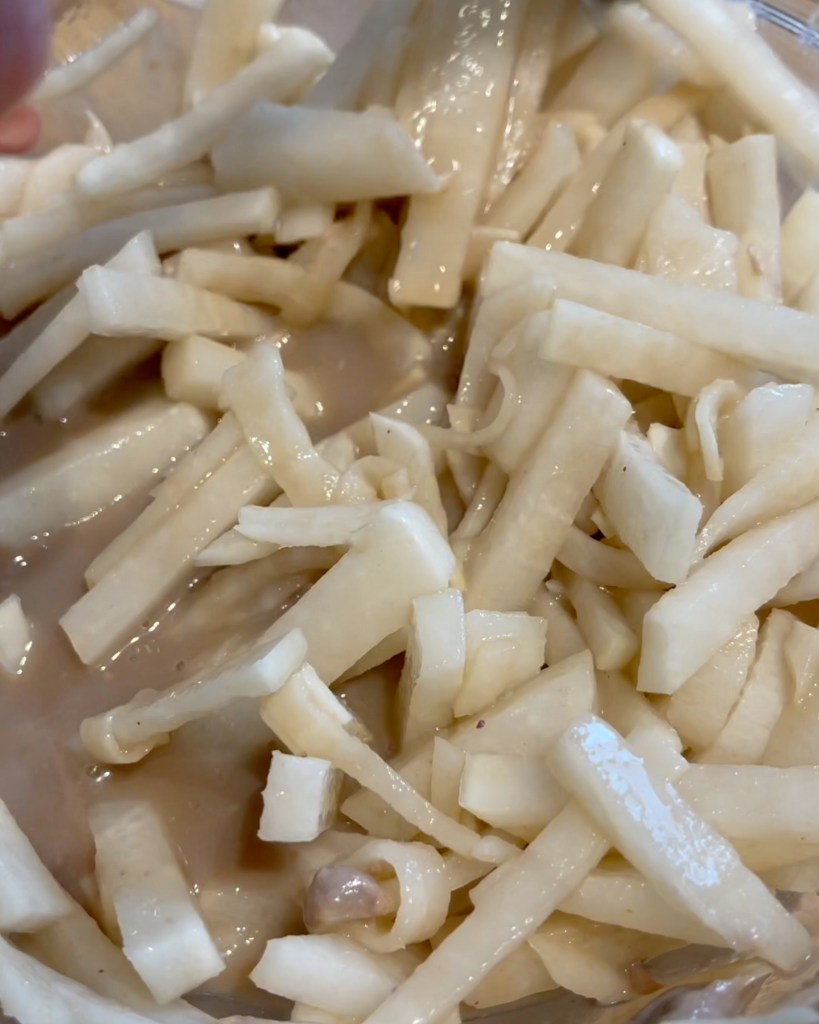

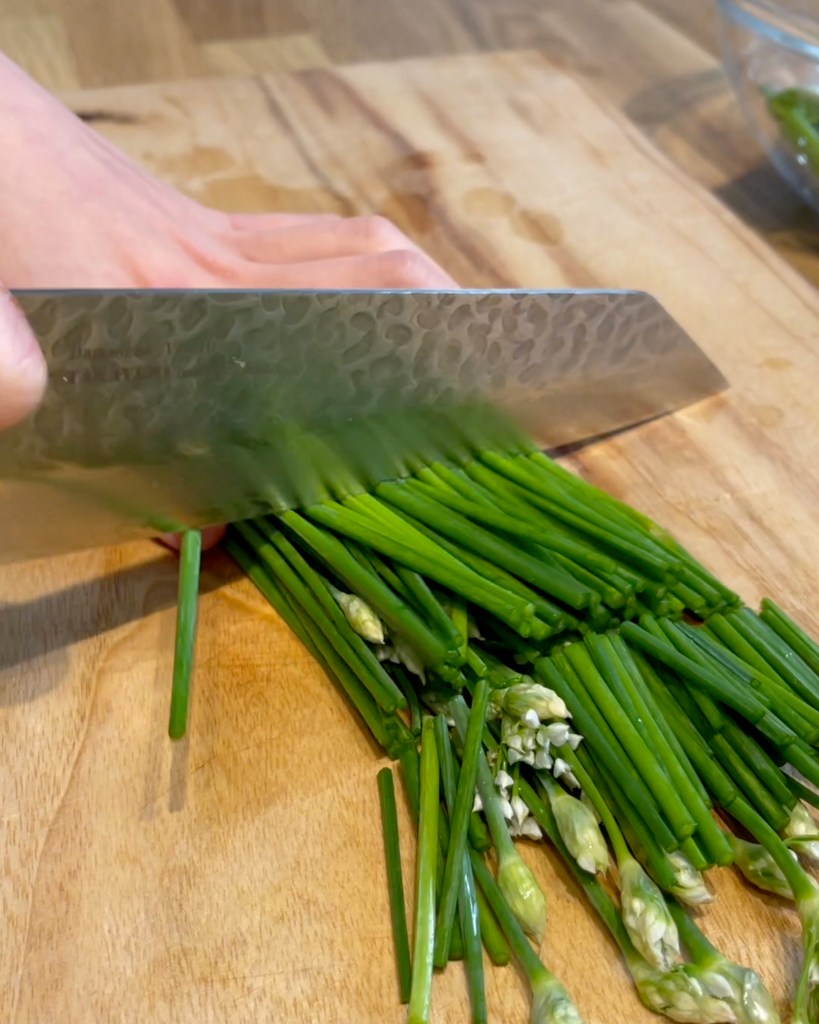
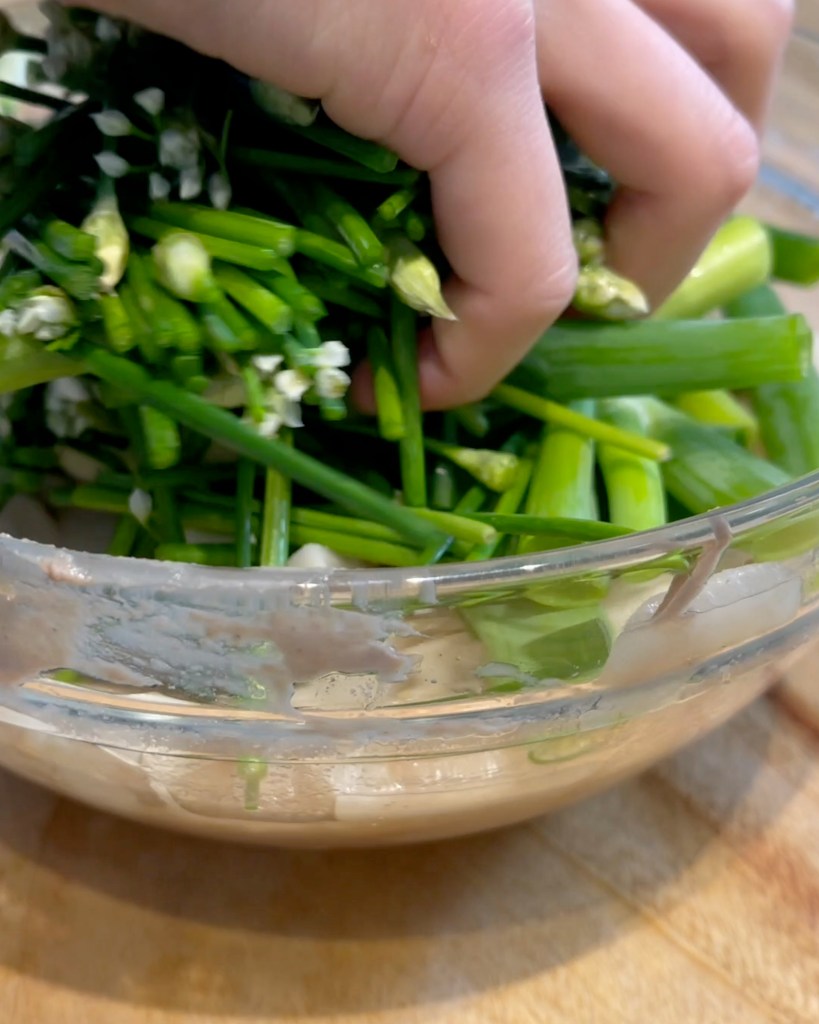
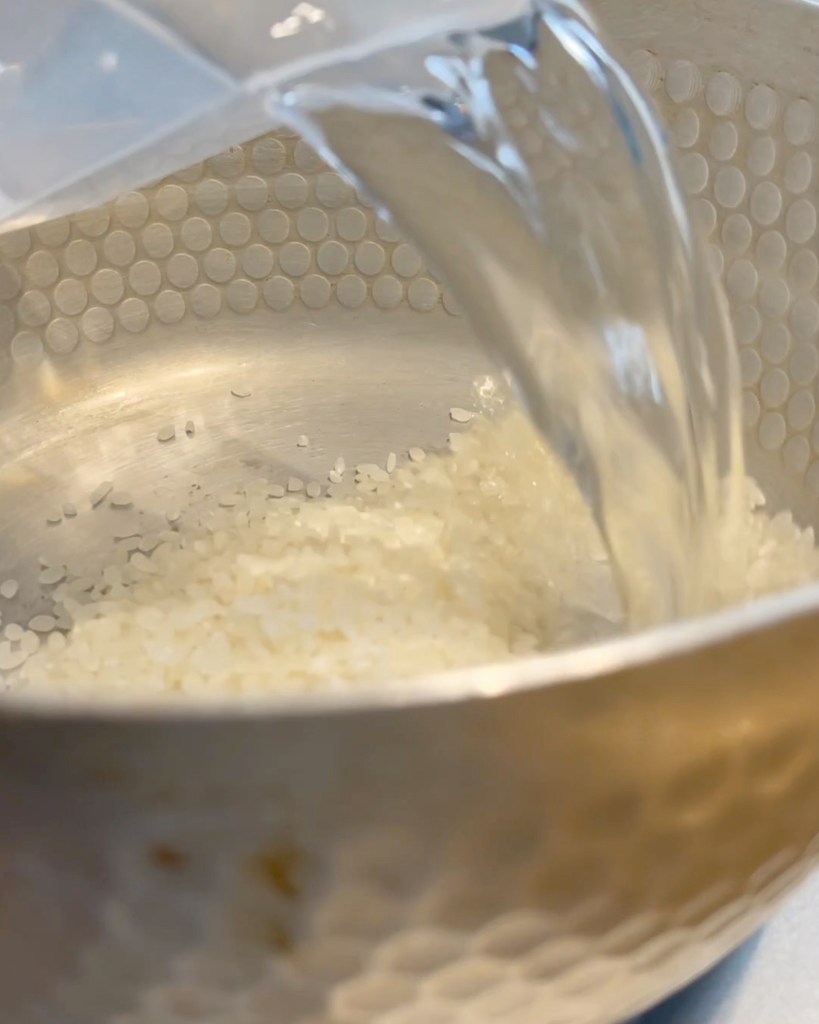


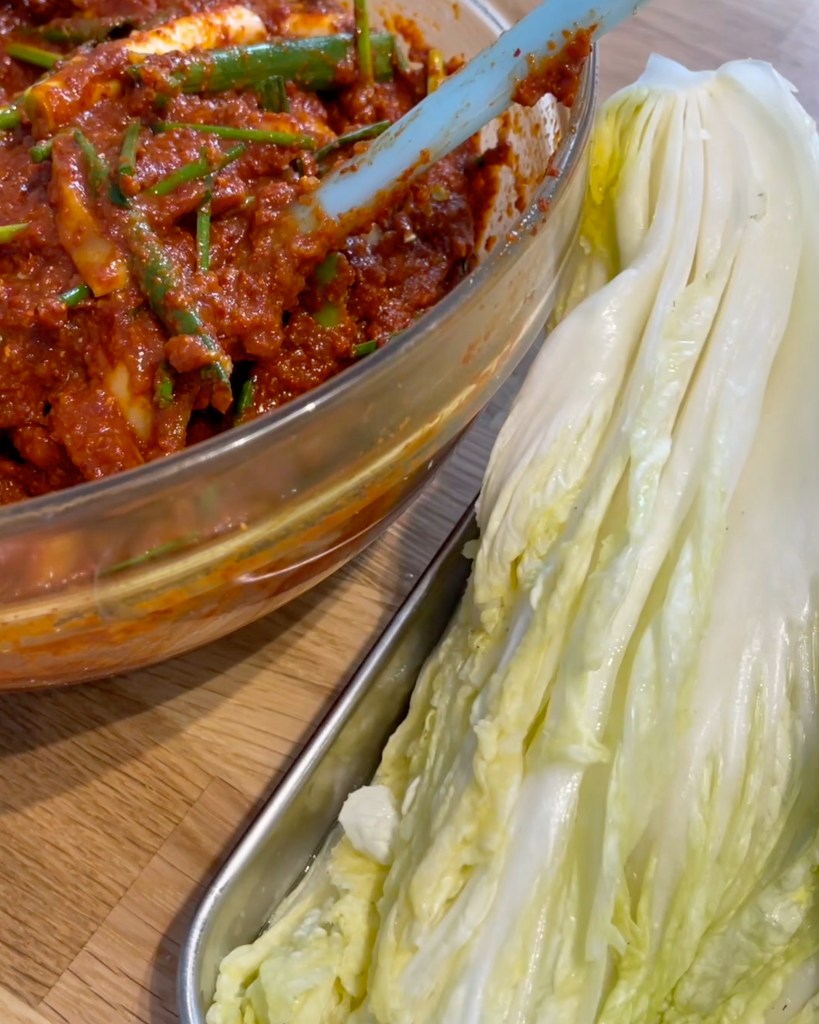
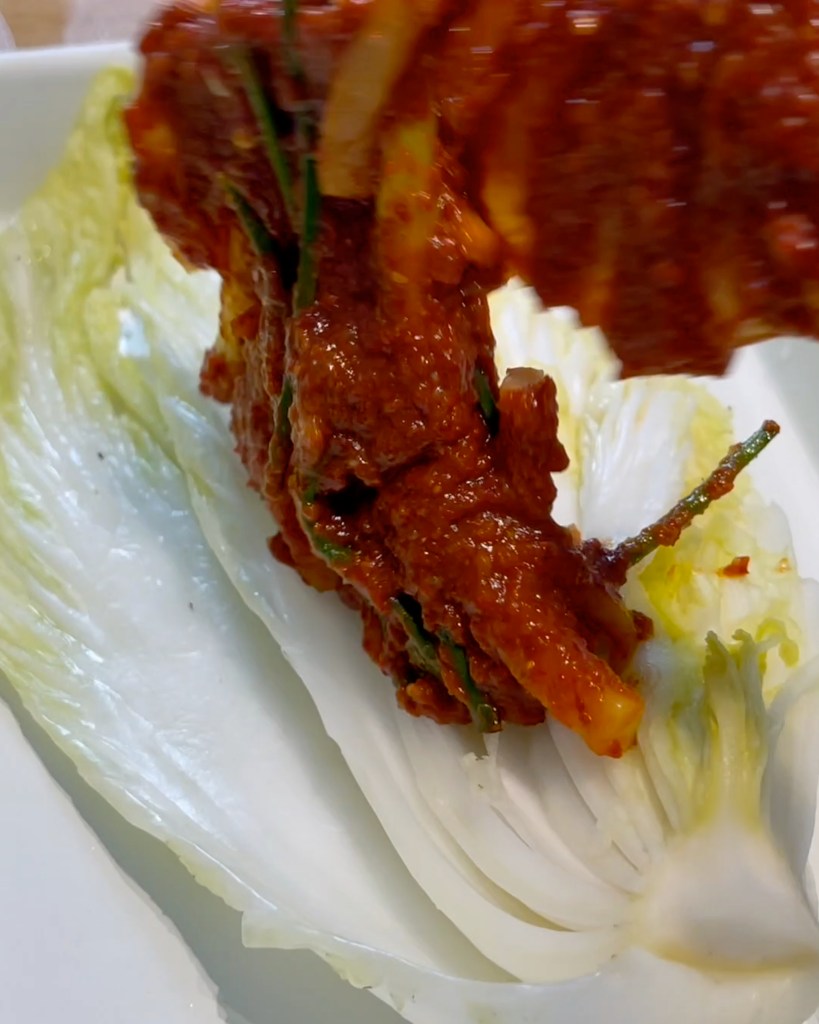
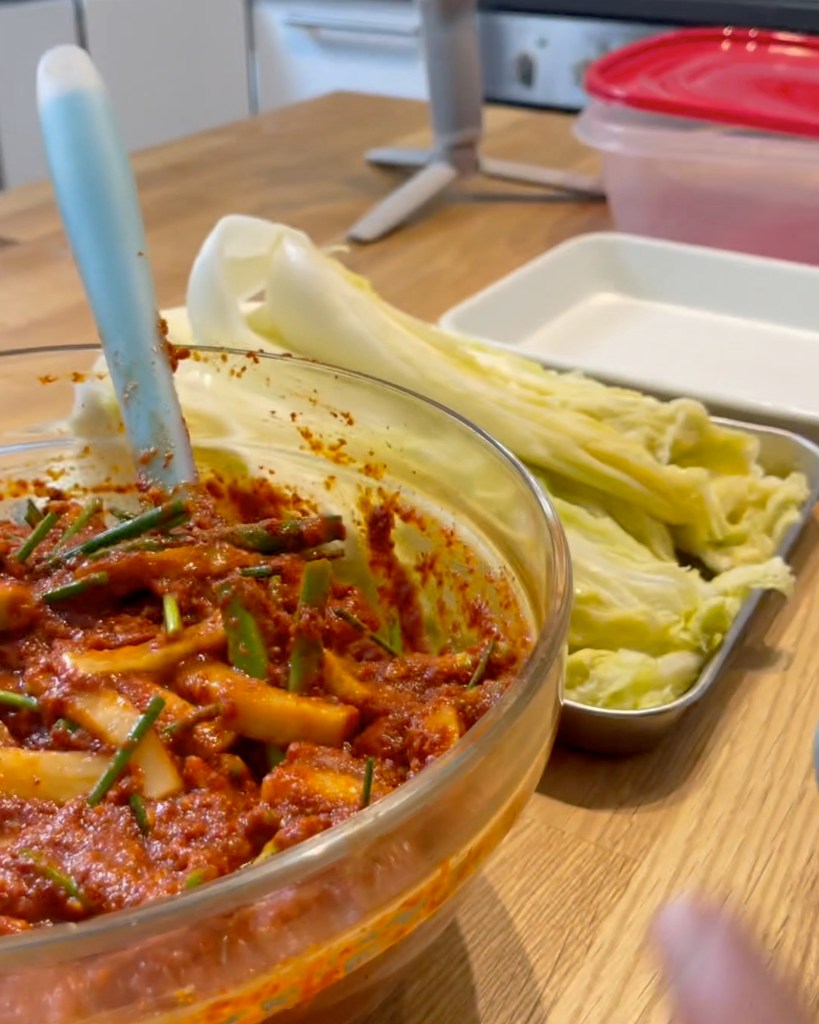




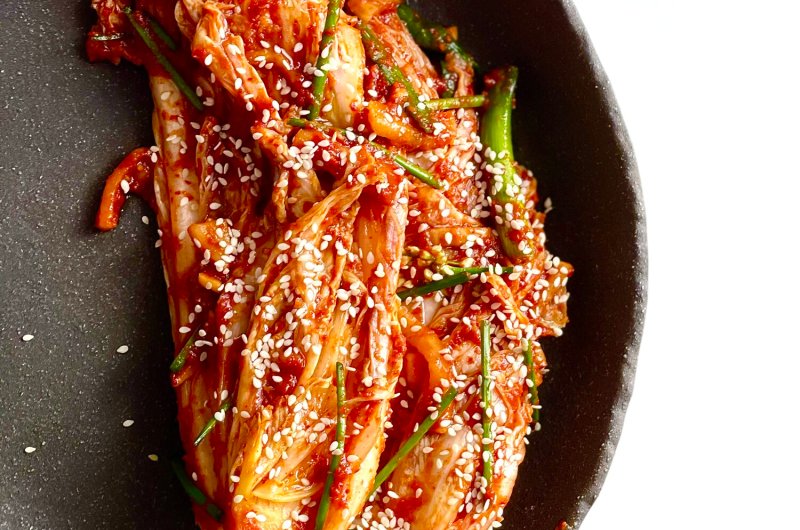
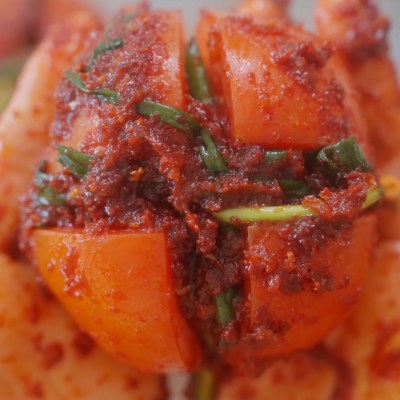
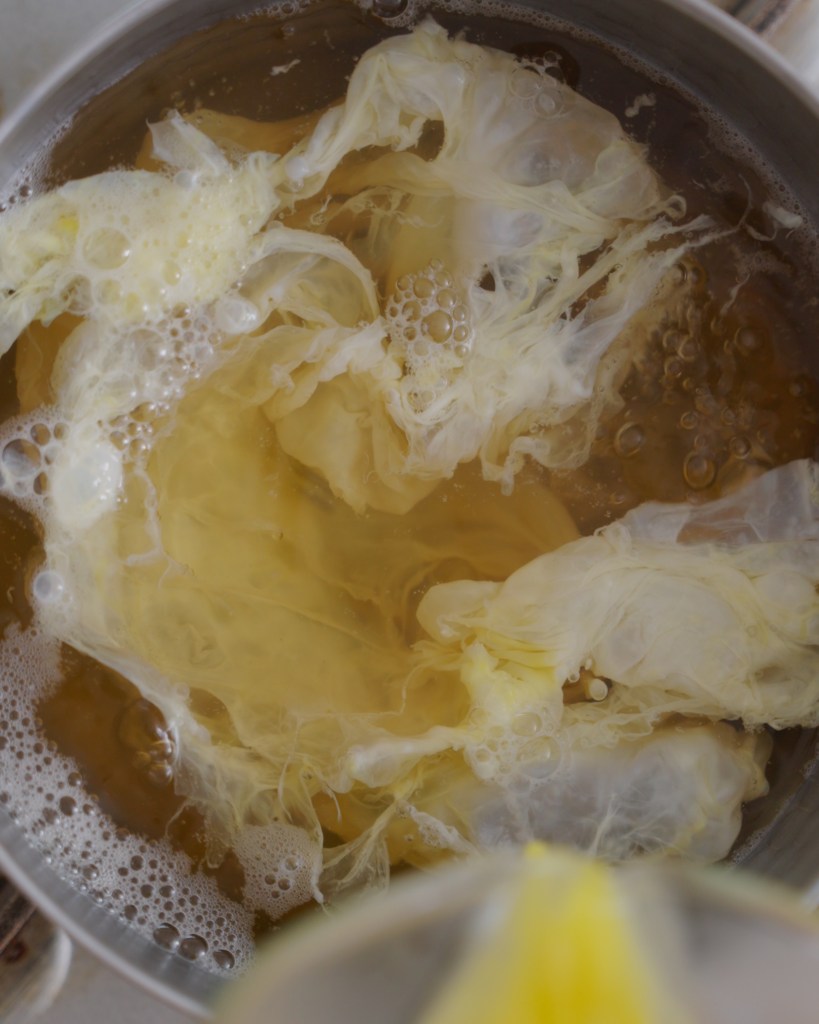




Comments